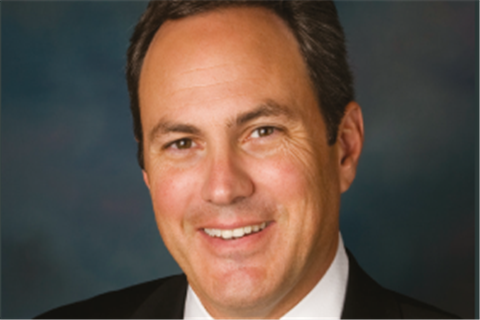More than a word: SC&RA comment September 2018
17 September 2018

“Safety first” is so common a core value for companies across the spectrum of industry that we tend to either assume it’s an ever-present priority or expect it’s a daily focus on any project, writes Joel Dandrea.
Construction and transport companies the world over are quick to proclaim through slogans, mastheads, prepared statements or even news articles how steadfast their commitment to safety truly is. Which is great. But there’s an additional piece to the safety puzzle: safety as part of the bottom line.
As is similar with so many other details that comprise the productive growth of a company, safety can be measured and charted on a spreadsheet. In fact, the current cost of a workplace accident in the USA, according to the U.S. Occupational Safety and Health Administration (OSHA), is US$ 129,336 (January 2018). This includes what a company will be fined for a workplace accident if willful neglect can be found, or if it is a repeat offence.
IN 2017 the European Agency for Safety and Health at Work (EU-OSHA) together with the International Labour Organization presented findings revealing that worldwide work-related injury and illness result in the loss of 3.9 percent of GDP, at an annual cost of roughly €2,680 billion.
In the USA, a deeper dive looks at the cost of a worker’s life. The U.S. Centers for Disease Control and Prevention have put that value at approximately $1 million – which factors in hospitalisation costs (if the employee lived long enough to make it to the hospital), worker’s compensation, general medical expenses, various legal costs and property loss.
Keeping similar numbers in mind, the UK consistently has one of the lowest rates of fatal injury across the EU. In recent years, the standardised rate was 0.55 per 100,000 employees, which compares favourably with the EU-28 average of 1.8.
The business of business being what it is, still, many companies overlook the hidden costs of a workplace accident or fatality: replacing damaged tools and equipment; time lost and overhead costs incurred by disrupted work; lost orders or billing rights for government contracts; failure to meet production deadlines; and the cost of bad publicity. Add in legal costs and various HR issues – decreased morale or break-up of work crews, or related difficulty attracting new hires – and the cost of a human life, whether through fatality or prolonged injury, is nearly impossible to calculate.
Ultimate stakes
According to OSHA, nearly 6.5 million people work at approximately 252,000 construction sites across the USA on any given day. The fatal injury rate for the construction industry is higher than the national average in this category for all industries.
That said, truckers occupy one of the deadliest jobs in the country. In 2018 nearly 800 drivers were killed while working. Opinions vary on what makes trucking so deadly but some underlying themes are universal, no matter the country: fatigue and inattentiveness, inexperience, speeding, improperly secured loads. Sobering as it is, road crashes are expected to become the fifth-leading cause of death in the USA by 2030 – with more than 4,000 of those fatalities involving a commercial truck.
On a brighter note, according to trucksafety.org, from 2009 to 2015, EU truck crash fatalities decreased by 23.4 percent.
In our line of work safety is always more than just a word or a concept. It simply must remain an unwavering standard. When the ultimate stakes at play are workers’ lives, winners in this game are the workers who make it home alive at the end of the day, and the companies that make sure they do.





